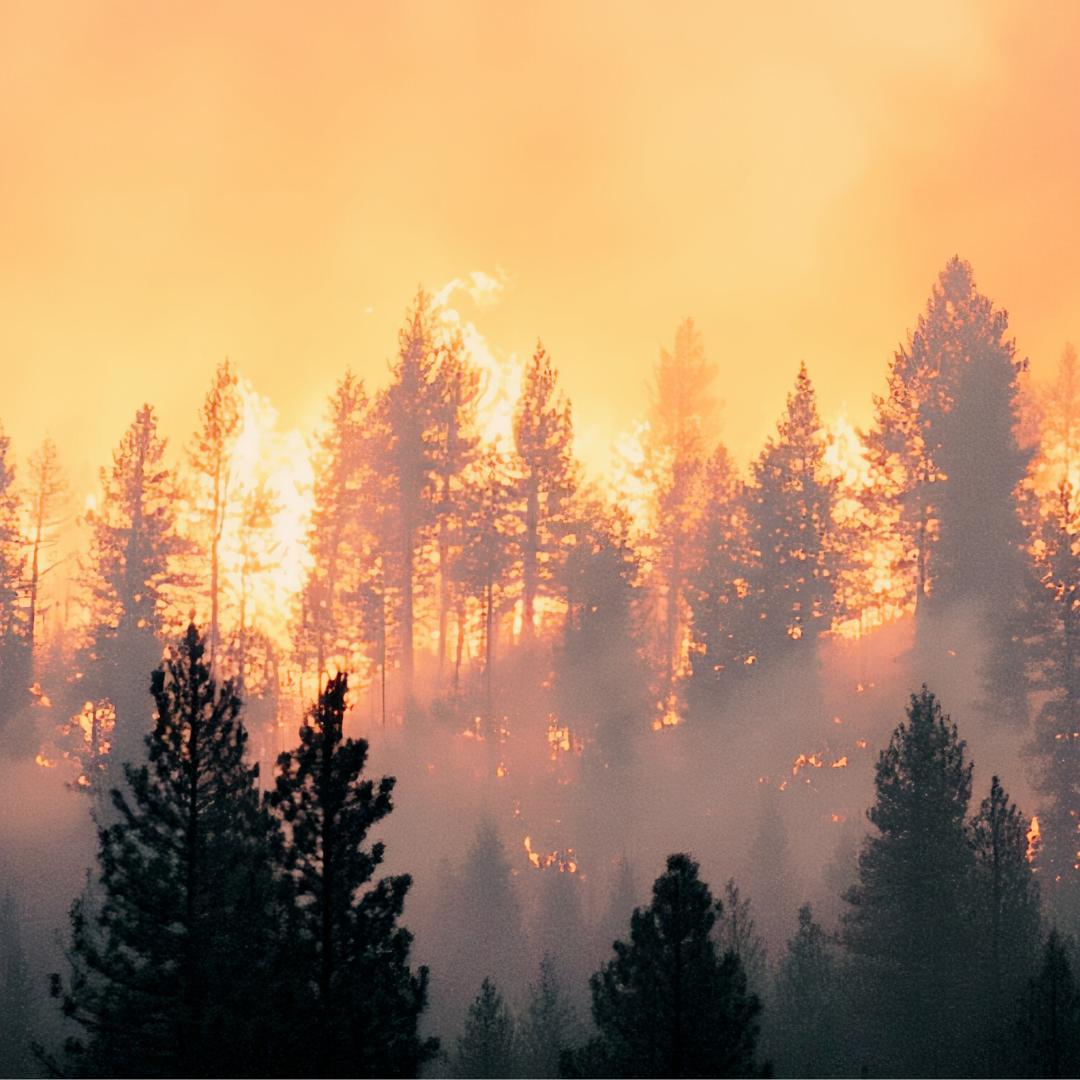How Europe can learn to co-exist with fire
Across the globe, wildfires are increasing in intensity and scale. In Europe alone, there are around 60,000 wildfires every year, resulting in €2 billion in losses annually and burning an average of half a million hectares. The continent faces more urban areas at risk than North America and Asia, and it’s predicted that in the future, nearly one-fifth of Southern Europe could experience extreme fire danger as often as every two years.
A new report published by the European Academies Science Advisory Council (Easac) investigated the drivers of these wildfires, evaluated current wildfire management practices, and proposed policy solutions to help society prepare and adapt for future fires.

Image by sebelastd | Freepik
The report began by identifying climate change and land-use as key drivers of the wildfires in the continent. Europe’s climate has shifted, with it facing the warmest summer in the Northern Hemisphere in 2023. The average global temperature for the first 10 months of 2024 was 0.71°C above the 1991–2020 average, representing the highest recorded temperature for this period. Precipitation levels in the continent are also projected to increase in Northern and Central Europe, while the Mediterranean could experience a decrease of up to 30 per cent. The report stated: “These changes, coupled with rising vapour pressure deficit and prolonged heatwaves, further increase fire risk across Europe.”
Further, the report highlighted how agricultural and forestry market trends, urban expansion, rural depopulation and public policies influence wildfire occurrences. It noted: “Recurrent fires also drive land-use change by degrading vegetation, altering species composition, and favouring pyrophytic plants with fire-resistant traits, such as Cistus species in the Mediterranean. This creates fire-prone low scrubland areas and exacerbates erosion, leading to permanent shifts in land use.” It also observed that the European Common Agricultural Policy reforms since the 1990s led to agricultural deintensification, adding: “While forest and shrubland cover increased and grassland area decreased, these trends also led to the homogenisation of landscapes and heightened fire risk through greater fuel continuity.”
The report also explores the effects of wildfires on carbon dynamics, particularly in forests and peatlands. It stated: “When peatland burns, it releases ancient carbon stores, making these ecosystems a significant concern for climate feedback loops.” The report also highlighted that wildfires have more than just negative effects, adding: “While fires release CO₂ in the short term, they can stimulate regrowth and enhance carbon sequestration over time in forests.”
Examining current wildfire management strategies, the report critiqued traditional fire management strategies, saying: “it falls short in addressing the effect of increasingly severe fire seasons driven by climate change.” Two major issues are identified: the accumulation of flammable vegetation and disproportionate investment in suppression efforts at the expense of proactive landscape fuel management programmes.
The report argued: “Policies that focus solely or predominantly on mitigating short-term fire damage by emphasising suppression inadvertently led to increased fuel loads, ultimately resulting in fewer but far more intense and destructive fires.” Since wildfire risk stems from multiple factors, suppression seems insufficient, as suppression-focused approaches reduce the role of fire as a natural biomass regulator.
However, given the increasing intensity of wildfires, the report emphasised the need for increased investment in proactive fire management along with climate change mitigation and adaptation. For this, it presented policy options designed to improve wildfire management and prepare for future challenges.
For starters, an investment in integrated wildfire risk reduction is required, shifting from dominant reactive suppression to a more balanced approach. To adopt this, the focus should be on reducing fuel in high-risk areas, opting for multi-hazard planning and aligning wildfire policies with broader risk frameworks. Then, there has to be an implementation of nature-based solutions to reduce wildfire risk and support post-fire recovery. This includes implementing prescribed grazing, burning and native species restoration. After that, recognising fire as part of many ecosystems and allowing planned burns to maintain ecological balance is necessary.
Moreover, investing in education and communication for increased fire literacy and preparedness for all ages is suggested. For this, an integration of wildfire education in curricula and public awareness campaigns is essential. Furthermore, investing in landscape management to reduce vulnerability is needed. To do this, there has to be a promotion of mixed land-use, agroforestry, and targeted conservation. After this, sectorial policies, including land-use and the environment, need to be harmonised.
Then, the promotion of compact urban development to reduce urban sprawl is required. For this, compact urban designs should be incentivised, farmlands should be used as buffers and wildfire risk should be integrated into urban planning. Lastly, sustainable private land management should be encouraged, promoting mixed-species forests, closer-to-nature sylviculture, extensive grazing, and climate-adapted farming practices.
Concluding, the report stated: “Europe must learn to coexist with fire and adapt to this evolving landscape.”
Read the full report here.